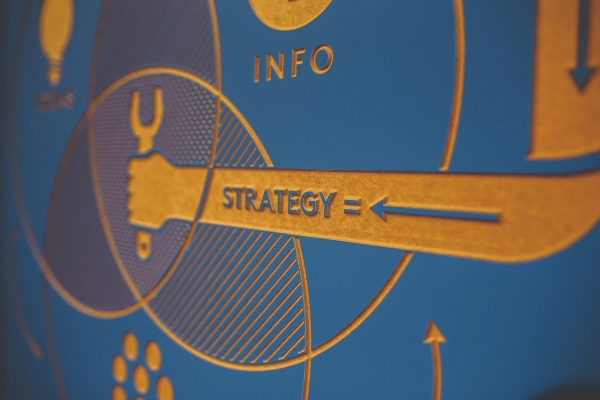The saying goes that content is king. Originally coined by Bill Gates way back in 1996, the phrase is often used specifically about written content. However, since then, we’ve seen content take on various forms. Nowadays, content can refer to anything from blog articles and social media posts to videos and GIFs.
With so much variety, there comes the need for a clear, cohesive content strategy. In this post, we’ll discuss what that means and the process involved.
A content strategy does what it says on the tin, so to speak. It provides a plan of action for your content, which applies from sourcing or creation all the way through to its use and beyond. That can be broken down into a number of elements, or even steps in the content strategy process…
Each piece of content has its own purpose. It could be intended to inform, entertain, persuade or simply describe. But your content strategy should also be created in line with your overarching goals.
In other words, you’re not just creating content for the good of your heart – unless you happen to be in the healthcare sector, perhaps. A content strategy outlines how you will create and use content to generate leads, increase sales, boost brand awareness or gain more followers on social media, for example.
Next, it’s time to decide what kind of content you’ll be creating and using. As mentioned above, it’s not just about written content – although that could be a key part of your strategy. Consider the following:
Remember that you don’t always have to narrow it down to one content type. A content strategy to gain more followers on social media, for instance, could require great videos, images and written content for your social profiles and posts.
Do you need to create all the elements of your content strategy? Or is some of it already completed? You might have product photos and no descriptions, or vice-versa.
Take stock of all the content you already have, whether it’s content already on your site or socials, or unused files saved to your desktop or cloud storage. This will help you create a clear list of content that needs to be created or sourced.
Then it’s onto the specifics.
When it comes to content creation, you have two main options – creating content in-house or sourcing it from third parties, including photographers, graphic designers, animators, copywriters and stock image websites.
There are benefits to both options. Third parties are typically experts in their field. They know how to create their specialist type of content to the highest quality. Working in-house, on the other hand, means you potentially have more control over the end result and how well it matches your vision. It’s typically more cost-effective, albeit more time consuming.
Whatever your preference, it’s important to make a practical, sustainable choice in your content strategy – and stick to it.
The final step in a content strategy? Executing it. Create the content, share it and see how well it works. For the latter, your strategy should include some key performance indicators to monitor progress.
That could be subscribers to your email newsletter, social media followers, sales of certain products, or leads generated from a specific part of your site.
Whether it’s images and videos or unique posts and articles, content isn’t just a one-off resource for your company. In most cases, it’s a long-term asset which can be used again and again for great results.
With iBase’s feature-rich digital asset management system, you can make sure all of your assets are stored securely and easily retrievable whenever required. That means you’ll have a pool of resources on hand for future content strategies, allowing you to minimise expenditure in the long run.
To put our software to the test, arrange a free one-to-one demo today!
